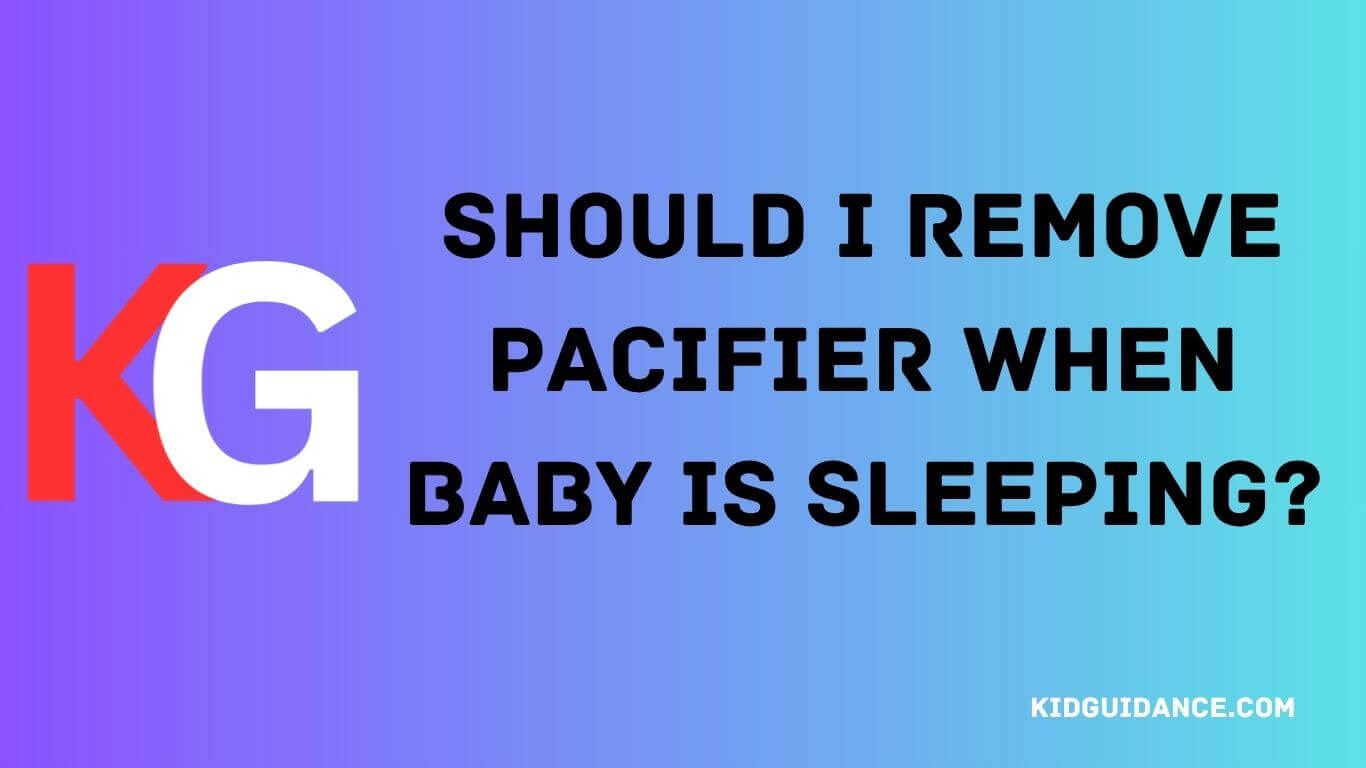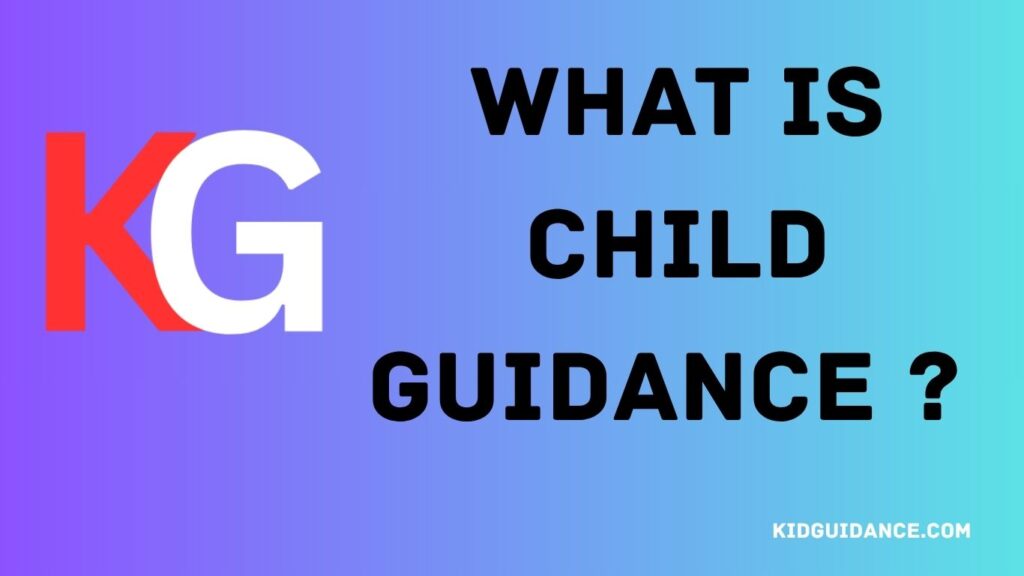I remember standing over the crib one night, staring at my baby fast asleep with a pacifier tucked gently in her mouth. I asked myself—should I remove pacifier when baby is sleeping? The silence in the room was comforting, but my mind was loud with questions. What if leaving it in is risky? What if pulling it out wakes her up?
If you’re reading this, you’re probably there too. Torn between doing what’s safe and what feels right. This guide will walk you through real-life stories, medical advice, and the pros and cons of letting your baby sleep with a pacifier. As a first-time mom, I was scared to leave it in, but also nervous to take it out. So let’s break it all down together.
Why Babies Love Pacifiers for Sleep
The Natural Soothing Reflex
Babies are born with a strong sucking reflex. It’s not just for feeding—it also helps them self-soothe. That’s why pacifiers feel like magic during fussy nights.
How Pacifiers Mimic Breastfeeding
Pacifiers mimic the comfort of nursing without the need for milk. For many babies, it offers the same sense of security and helps them wind down before sleep.
Why Many Parents Rely on Them at Night
It’s no secret that many of us lean on pacifiers during bedtime. When nothing else works, that tiny silicone soother often brings instant calm.
Is it okay to leave the pacifier while baby sleeps? According to experts—yes, and sometimes it’s even recommended.
Should I Remove Pacifier When Baby Is Sleeping?
Medical Expert Opinion
The American Academy of Pediatrics (AAP) encourages using a pacifier at nap and bedtime because it may reduce the risk of Sudden Infant Death Syndrome (SIDS). So, should I let baby sleep with pacifier in mouth? If your baby accepts it, leaving it in is perfectly safe.
What Happens If It Falls Out on Its Own?
You don’t need to rush to replace it. Once your baby is asleep, if the pacifier falls out naturally, it’s fine to let it be. I used to panic when I heard a “plop” in the crib—but trust me, most babies continue sleeping peacefully.
When Removal Becomes Necessary
If your baby is over a year old and waking up often because the pacifier falls out, it might be time to start weaning. It’s all about timing and knowing your child’s cues.
Pros of Letting Baby Sleep with a Pacifier
May Reduce Risk of SIDS
Studies suggest pacifiers help keep the airway open and prevent deep sleep that may increase SIDS risk. This alone made me feel more confident about using one during sleep.
Helps Baby Settle Quickly
We all crave sleep—especially in those early months. Pacifiers help babies settle down faster, which means more rest for everyone.
Prevents Overfeeding for Comfort
Sometimes babies seek the breast not out of hunger but for soothing. Pacifiers can prevent unnecessary feedings that might disrupt digestion and sleep.
Cons or Risks to Be Aware Of
Risk of Dependency
At around 6 months, I started noticing that my baby would cry every time it fell out. That 2 a.m. shuffle to pop it back in? It gets old fast. This kind of dependency can be a sleep disruptor.
Potential Dental Impact
Long-term use, especially past the age of 2–3, can lead to dental issues like misaligned teeth or overbite. If you’re still using a pacifier into toddlerhood, talk to your pediatric dentist.
May Cause Night Waking in Some Babies
Not all babies fall back asleep when the pacifier drops. Some will cry for it. In such cases, it might be worth introducing self-soothing methods or considering weaning.
How Long Can a Baby Use a Pacifier Safely?
Newborns to 6 Months
Pacifiers can be a lifesaver in the newborn phase. They help with sleep, calming, and even reflux relief.
After 6–12 Months
This is when you might notice if the pacifier is becoming more of a sleep crutch. Watch for changes in sleep patterns or repeated wake-ups.
Weaning After 12 Months
By one year, start planning a gradual weaning strategy. Limit use to sleep only and avoid offering it during awake times.
How many hours can a baby use a pacifier? There’s no strict limit, but extended daily use beyond sleep or soothing should be avoided to reduce dental risks.
Safe Pacifier Use During Sleep
Choose One-Piece Designs
One-piece pacifiers are safer. They’re less likely to break apart, lowering the risk of choking.
Avoid Clips or Strings
Never attach pacifiers with a string or clip during sleep. It poses a serious strangulation risk.
Cleanliness and Wear-and-Tear Checks
Inspect regularly. Replace worn or cracked pacifiers immediately.
What to Do If Pacifier Falls Out Naturally
Let it stay out. If your baby doesn’t wake, there’s no need to reinsert it.
Quick Dos and Don’ts
- Use a one-piece pacifier
- Clean it daily
- No cords or clips in the crib
- Don’t force a pacifier if baby resists
Should You Take the Dummy Out Once a Baby Is Asleep?
In some countries, “dummy” is just another word for pacifier. So should you take a dummy out once a baby is asleep? Not necessarily. Experts say it’s safe to leave it in. If it falls out and the baby is undisturbed, just leave it.
What Experts Say + My Personal Experience
Pediatrician Advice
My pediatrician advised using a pacifier until about 12 months, then slowly weaning off. He emphasized that safety comes first—no clips, and always one-piece designs.
My Sleep Consultant’s Advice
Our sleep consultant was all for pacifiers in the early months but recommended removing them by 15 months to avoid sleep disruptions.
Personal Story
There was one night—the first night I didn’t replace the pacifier after it fell out. I held my breath and waited… and she kept sleeping. That night, I finally slept without worry.
What to Do If Baby Wakes for the Pacifier
Scatter Technique
Try placing 3–4 pacifiers in the crib once your baby can find and replace them independently.
When It’s Time to Wean
If your baby wakes more for the pacifier than they do for food or comfort, it might be time. Start with naps before bedtime for a smoother transition.
Transition Objects
Soft toys or breathable baby blankets (after 12 months) can serve as a soothing replacement.
FAQs
Should I remove pacifier when baby is sleeping?
No, you don’t need to. Most experts say it’s safe to let babies sleep with pacifiers. Just make sure it’s clean and falls out naturally.
Is it okay to leave the pacifier while baby sleeps?
Yes, it’s okay. Pacifiers can help babies sleep better and may lower the risk of SIDS, according to many medical experts.
Should I let baby sleep with pacifier in mouth?
Yes, you can. If the baby is calm and resting well, there’s no need to take it out. It usually falls out safely during sleep.
Should you take a dummy out once a baby is asleep?
No need to take it out. If the dummy drops on its own, that’s fine. Don’t reinsert it unless the baby wakes up and needs it.
What happens if the pacifier falls out at night?
It’s not a problem. Most babies don’t notice and keep sleeping. You don’t need to put it back unless they wake up.
How many hours can a baby use a pacifier?
There’s no fixed limit, but try to use it mostly at naps and bedtime. Overuse can lead to habit-forming or dental issues after 12 months.
Can a pacifier help my baby sleep faster?
Yes, pacifiers soothe babies and can help them fall asleep faster by calming their natural suck reflex.
How to get a baby to sleep without a pacifier?
Try a bedtime routine, gentle rocking, or white noise. You can also offer a soft toy or blanket after 12 months.
Final Thoughts: So, Should You Remove the Pacifier?
So, should I remove pacifier when baby is sleeping? The honest answer is—it depends on your baby. If they’re sleeping soundly and safely, there’s usually no need. But if it becomes a nightly chore or disrupts their sleep, it might be time to reconsider.
Remember, every baby is different. Follow your instincts, consult your pediatrician, and do what feels right for your family.




